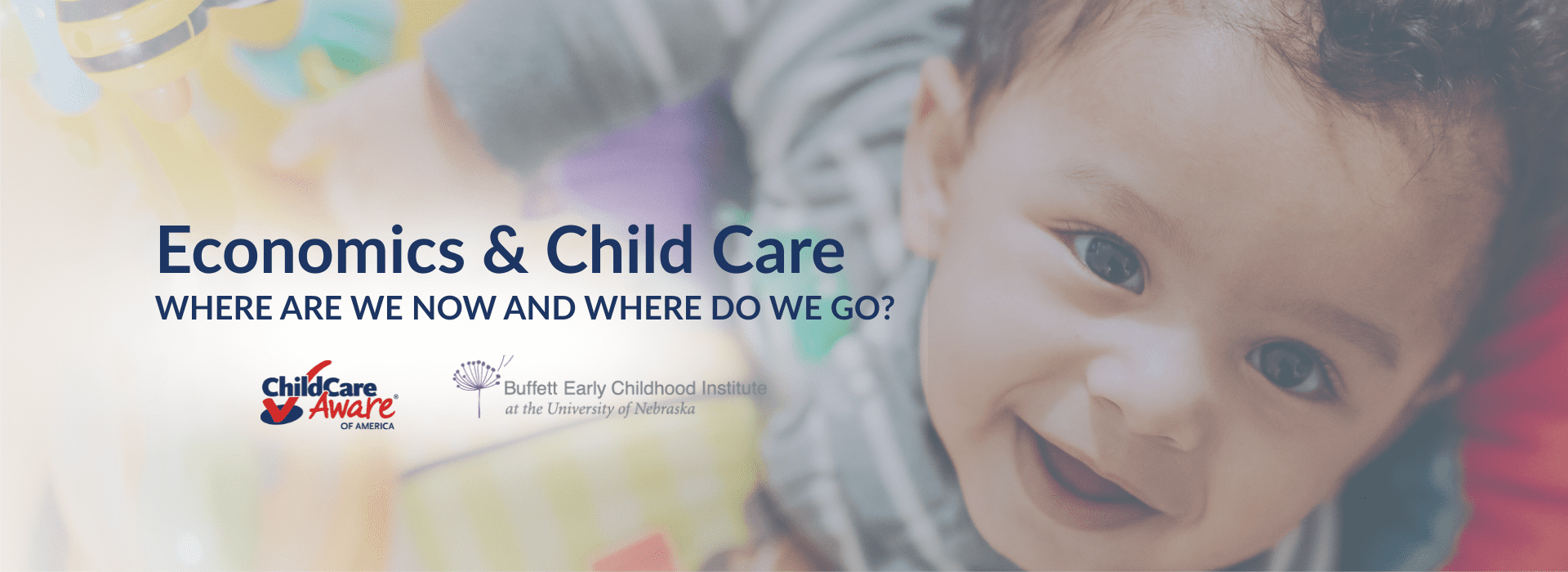
Published July 2025

“When government makes investments, we want those investments to focus on the external benefits, the societal benefits.”
— Rob Grunewald
“With the cost of the system, we’re paying for it now. We’re paying for it unequally. Our workforce is paying for it. Parents are paying a lot for it. We are paying for it in lost tax revenue from people who are dropping out of the labor force. Our children are paying for it. We are paying for it, just in these extremely inefficient ways.”
— Taryn Morrissey
Child care is essential to our families, workforce, and economy—but the current system is failing on all fronts. In this new report, Child Care Aware® of America and the Buffett Early Childhood Institute at the University of Nebraska assess the state of the child care market, highlight the barriers holding back progress, and lay out suggestions to build a stronger, more sustainable future.
Read more about how:
- The current system is unsustainable. Families face costs that far exceed what’s considered affordable. Providers are leaving the field due to low pay and burnout.
- Traditional affordability metrics are misleading. The commonly cited “7% of income” benchmark doesn’t reflect real-world costs or family budgets.
- Deregulation isn’t the answer. The report rejects the idea that loosening regulations (like raising child-to-staff ratios) will solve the crisis, arguing instead for investment strategies that address both supply and demand, by growing available slots and helping parents find and afford child care.
- Shared responsibility is essential. Economists agreed that child care benefits parents, businesses, and the broader economy, so cost-sharing among federal, state, local, and private entities is critical.


